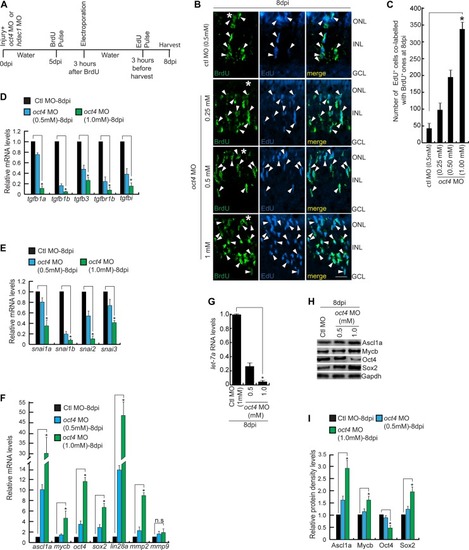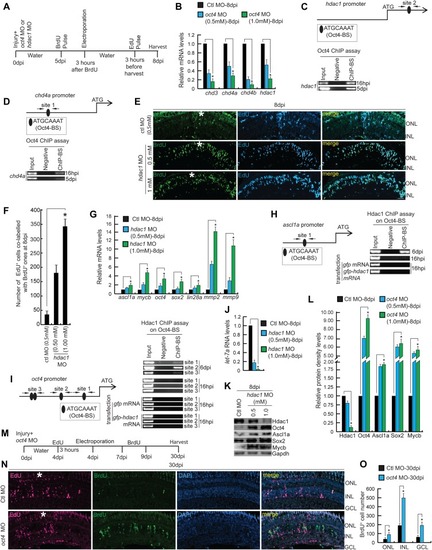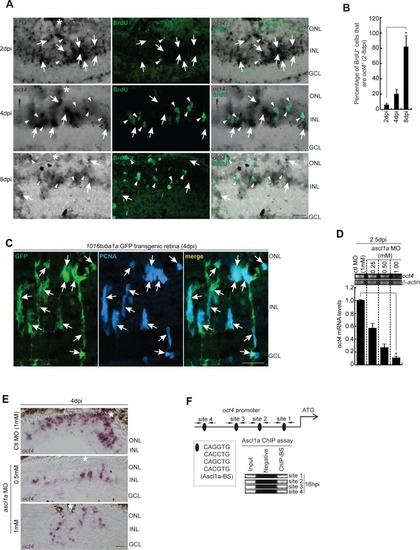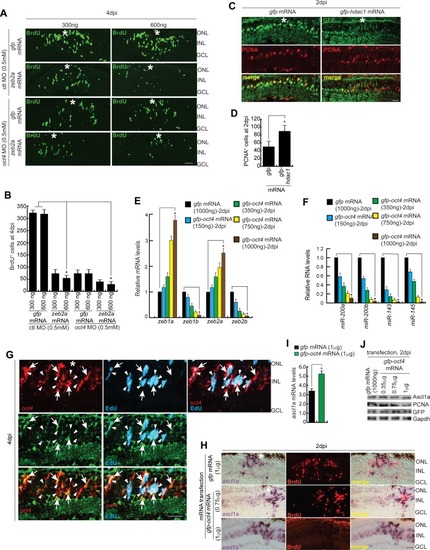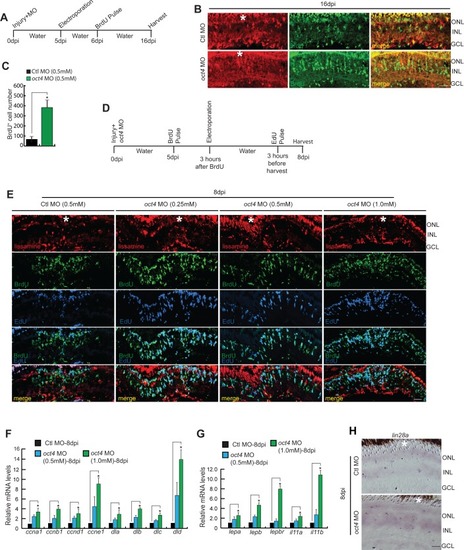- Title
-
Oct4 mediates Müller glia reprogramming and cell cycle exit during retina regeneration in zebrafish
- Authors
- Sharma, P., Gupta, S., Chaudhary, M., Mitra, S., Chawla, B., Khursheed, M.A., Ramachandran, R.
- Source
- Full text @ Life Sci Alliance

ZFIN is incorporating published figure images and captions as part of an ongoing project. Figures from some publications have not yet been curated, or are not available for display because of copyright restrictions. |
|
|
|
|
|
PHENOTYPE:
|
|
|
|
|
|
|
|
|
|
|
|
|
|
|
|
|
|
|





